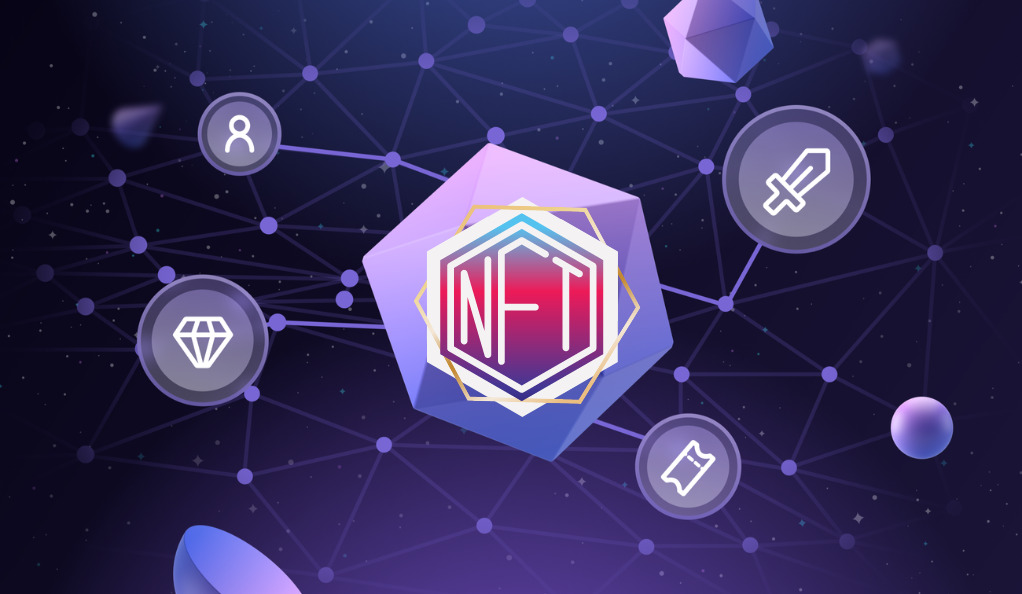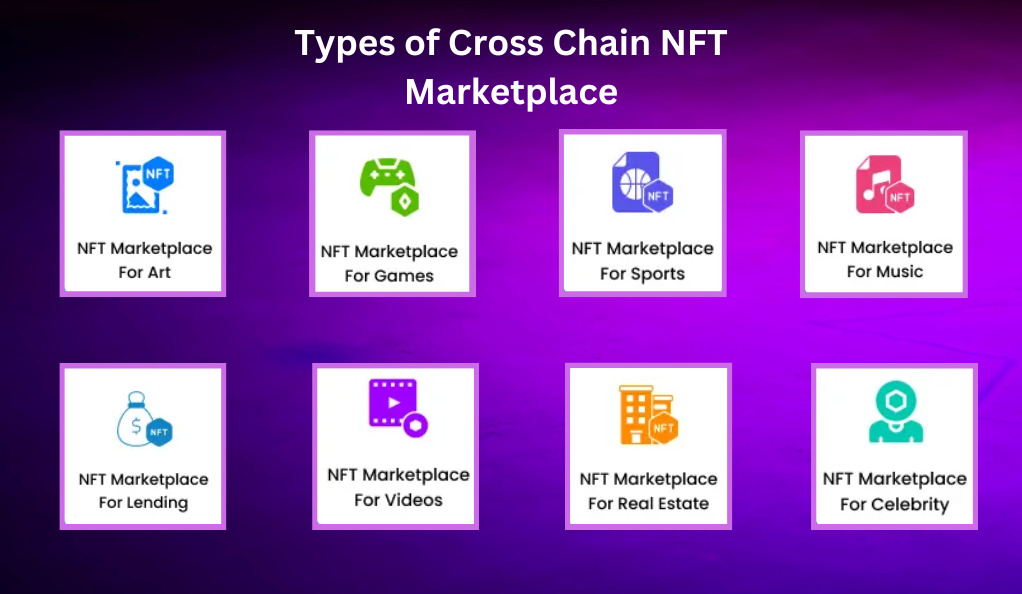The digital world is full of surprises, isn’t it? You wake up one day, and the buzz is all about a new form of digital assets called Non-Fungible Tokens (NFTs). These digital assets are unique, scarce, and can’t be replaced, and they are revolutionizing the way we view digital ownership and value. But how does interoperability and cross-chain compatibility come into the picture? Grab a cup of coffee, sit back, and let’s delve into this intriguing world.
Understanding Interoperability
Definition and Importance
Firstly, what do we mean by interoperability? In the simplest terms, interoperability is the ability of different systems, networks, or platforms to work together seamlessly. It’s like the universal plug adapter that lets you charge your phone anywhere in the world! In the context of blockchain and the NFT market, interoperability is essential for allowing different blockchains to interact, exchange data, and facilitate transactions.
Role in the NFT Market
The NFT market is a bustling digital economy with assets spread across different blockchains. Without interoperability, your favorite CryptoKitty on the Ethereum blockchain would be stranded, unable to mingle with other assets on different chains. Interoperability bridges these gaps, allowing for a more connected and fluid NFT market.
Understanding Cross-Chain Compatibility
What is Cross-Chain Compatibility?
Now, let’s talk about cross-chain compatibility. Think of it as the ability of a software (or a token in our case) to function on different operating systems without losing any features or functionality. It’s like playing your favorite mobile game both on iOS and Android devices without any hitches.
Its Relevance to the NFT Market
For the NFT market, cross-chain compatibility means NFTs from different blockchains can co-exist and interact. Imagine being able to use your Ethereum-based CryptoPunk in a game built on the Binance Smart Chain! That’s the power of cross-chain compatibility.
How Interoperability and Cross-Chain Compatibility Work Together
So, interoperability and cross-chain compatibility, they’re two sides of the same coin, right? Absolutely! They both aim to create a unified and integrated NFT market. Interoperability is about the ability of different blockchains to communicate and share data, while cross-chain compatibility focuses on ensuring that NFTs retain their functionality across different chains. It’s like throwing a party (interoperability) and making sure everyone speaks the same language (cross-chain compatibility) to ensure smooth communication.
Existing Platforms Promoting Interoperability and Cross-Chain Compatibility
Several platforms are already harnessing the power of interoperability and cross-chain compatibility. Projects like Polkadot, Cosmos, and Ark are designed to facilitate cross-chain transactions, enabling a more interconnected blockchain ecosystem. On the NFT front, platforms like Rarible and OpenSea are pushing the envelope by supporting NFTs from different blockchains.
Challenges in Achieving Interoperability and Cross-Chain Compatibility
However, it’s not all smooth sailing. Achieving true interoperability and cross-chain compatibility comes with its share of hurdles. These include technical complexities, security concerns, and the lack of a common standard across different blockchains. It’s like trying to harmonize a choir where everyone wants to sing their own tune!
The Future of Interoperability and Cross-Chain Compatibility in the NFT Market
Despite the challenges, the future looks promising. With advancements in blockchain technology and an increasing recognition of the benefits of a more interconnected NFT market, the quest for interoperability and cross-chain compatibility continues. As we move forward, we can expect to see more cross-chain NFT platforms and solutions that bridge the divide between different blockchains, creating a truly unified and inclusive NFT market.
Conclusion
The NFT market is a fascinating world, teeming with potential and opportunities. As interoperability and cross-chain compatibility become increasingly relevant, we are ushering in a new era of digital ownership and value. While challenges persist, the march towards a more integrated and unified NFT market is unstoppable. So, are you ready for this exciting journey?
FAQs
1. What is interoperability in the NFT market?
Interoperability in the NFT market refers to the ability of different blockchains to interact, exchange data, and facilitate transactions.
2. What does cross-chain compatibility mean?
Cross-chain compatibility means NFTs from different blockchains can co-exist and interact.
3. What are some platforms promoting interoperability and cross-chain compatibility?
Platforms like Polkadot, Cosmos, Ark, Rarible, and OpenSea are promoting interoperability and cross-chain compatibility.
4. What challenges exist in achieving interoperability and cross-chain compatibility?
Challenges include technical complexities, security concerns, and the lack of a common standard across different blockchains.
5. What is the future of interoperability and cross-chain compatibility in the NFT market?
The future looks promising with more advancements in blockchain technology and an increase in cross-chain NFT platforms and solutions.


